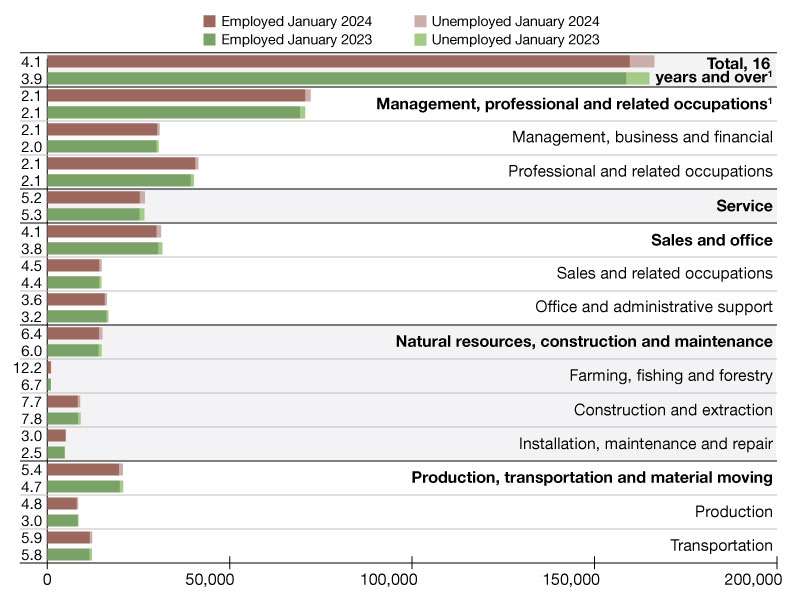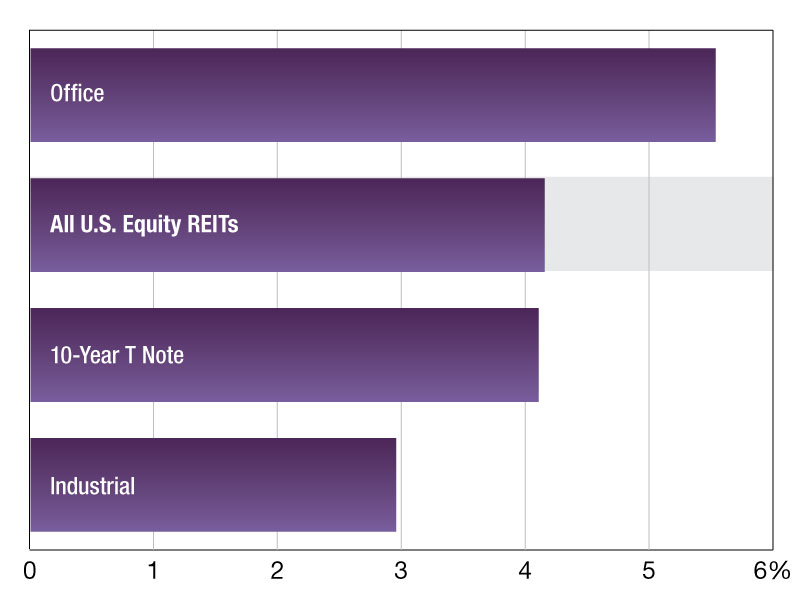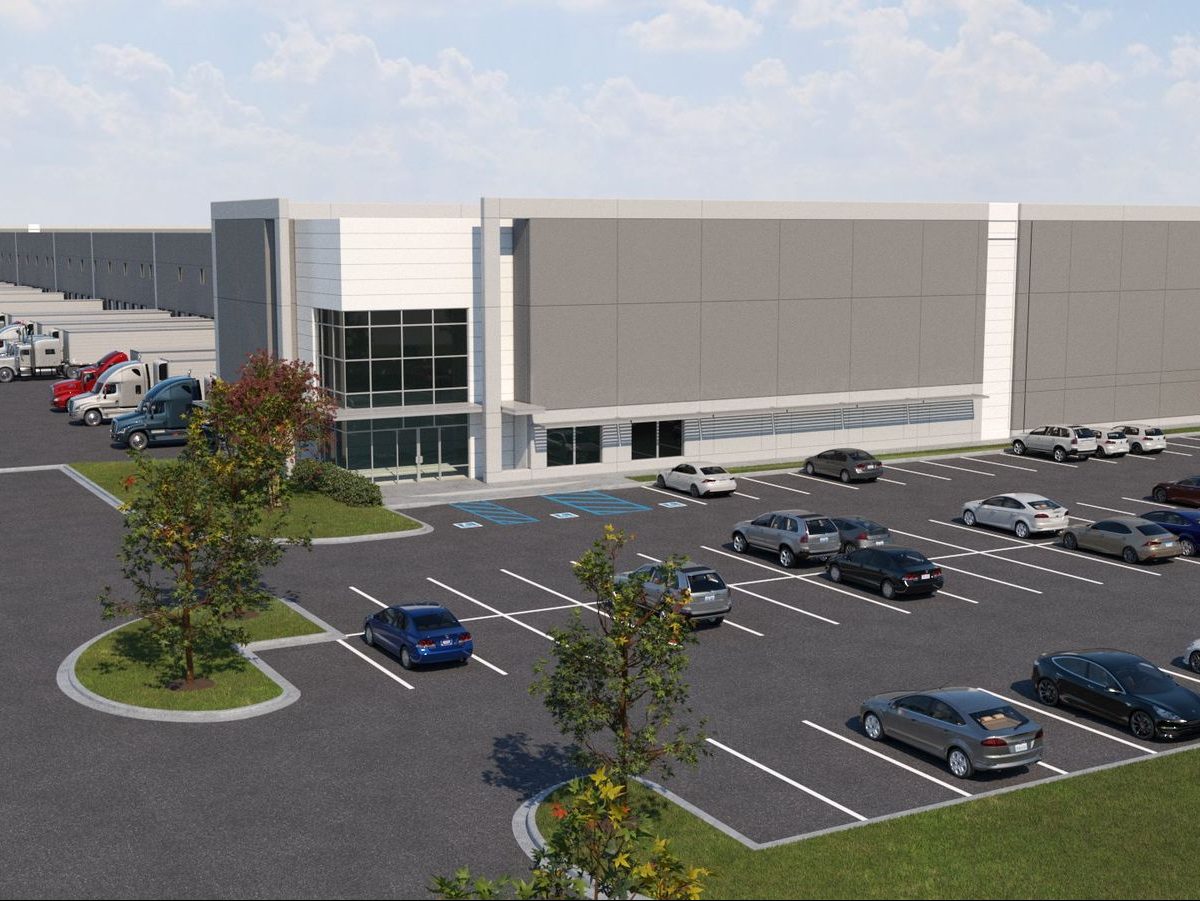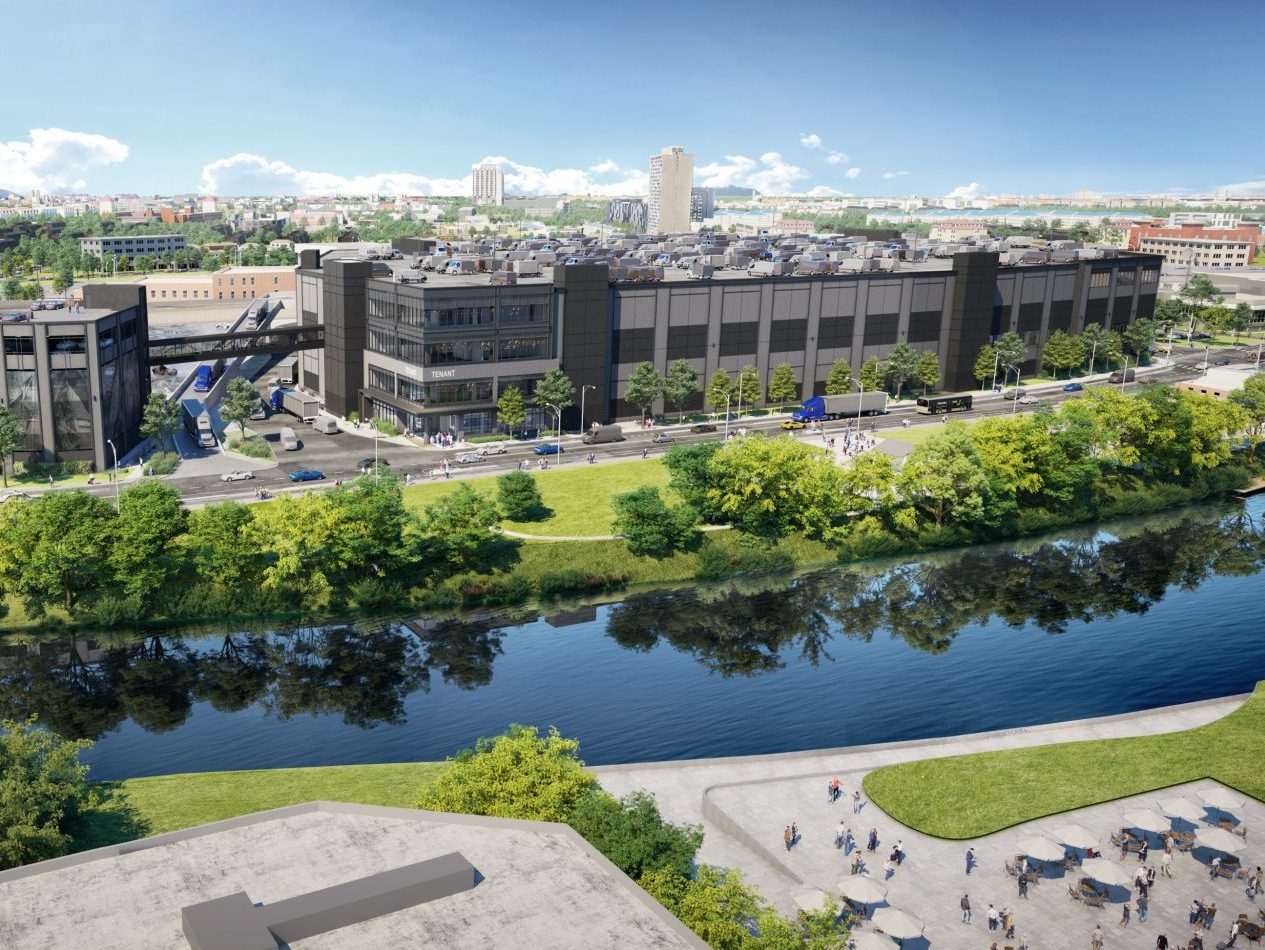New Supply to Weigh on CRE Return Growth
UBS Asset Management's positive outlook for commercial real estate is tempered by new construction and increased capital expenditure requirements.
The U.S. commercial property sector is expected to see continued growth in returns but at a diminished rate, as existing assets compete with new construction and capital requirements increase, according to a new report by UBS Asset Management.
Steady returns in the sector are driven by economic expansion and a tight labor market, which support demand for space, the Real Estate Outlook paper found. The spread between property yields and the cost of borrowing has widened slightly in commercial and multifamily real estate, following the Federal Reserve’s moves to curb interest rates in July, September and October.
Sustained performance is expected for the apartment sector, amid balanced supply and demand that will generate sustainable rent growth and income-driven returns. The investment management giant sees cash yields thinning in the office sector, as capital expenditure requirements have risen. An annual rent surge of 8.3 percent for downtown offices—far outstripping the 2.2 percent growth for suburban offices—is unlikely to last. Deliveries of downtown supply are expected to accelerate through 2020.
Capital requirements have also climbed in the retail sector, as the industry appears to be transitioning to a focus on mixed-use centers, and performance will likely vary as apparel-based stores go by the wayside. Industrial is the star performer among property types, generating double-digit returns and low availability of 7.2 percent in September. Average rents grew by 5.7 percent in the year through the third quarter, above the five-year average of 5.3 percent, but an accelerating pace of completions add risk to the industrial outlook.
Nearly $500B in property sales
In the capital markets, UBS Asset Management forecasts positive unlevered property returns in 2019 relative to recent years, driven by income growth with moderation in appreciation. The report notes that the National Council of Real Estate Investment Fiduciaries (NCREIF) Property Index gain softened to 1.4 percent in the third quarter, as appreciation returns eased below that of the previous two quarters.
Commercial real estate sales totaled $499 billion in the U.S. in the 12 months through September 30, a slight increase over the prior year. Apartment sales volume has continued to grow during the first three quarters of 2019, while industrial sales increased compared to the year prior. Hotel, office and retail sales volume was consistent with the previous two years.








You must be logged in to post a comment.